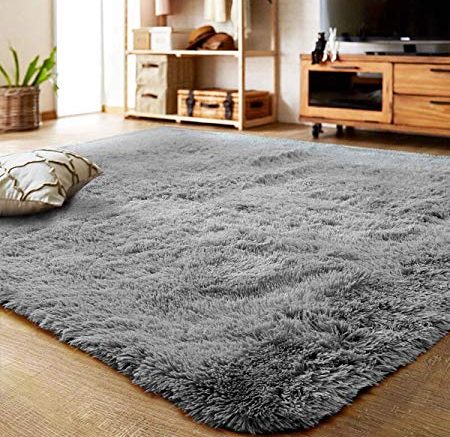There are a great deal of sticky, slimy, staining substances that can ruin your office or home carpets that looks odd. The only way that stains can get on to your carpet is by someone (or something, including furry friends) putting them there, whether through spilling, dropping, or most commonly: traipsing them in on the bottoms of feet. Luckily, these stains are not the nightmare they once were, and it only takes a small amount of effort to keep your carpets looking like new, thanks to Resolve. In this article, you’ll learn how to resolve carpet cleaner problems so that you can get the best results possible from your efforts.
Carpet stain removal: Some firms include stain removal in the base price. Other firms charge extra for highly soiled areas or for individual stains. Ask about this up front.
Carpet pretreatment: Most wet-cleaning results can be improved by spraying a cleaning agent on the carpet a few minutes before cleaning. The chemicals help dissolve grease and oils so that the final cleaning extracts even more dirt. For some firms this is standard procedure; others may charge extra by the square foot or room. Be sure to ask.
Soil retardants: Most carpets are now factory-treated with a coating that helps the carpet fibers shed water and spills. The key is cleaning up the spills quickly. Once a carpet is five years old or so, you may need to have it retreated, at least in the high traffic areas.
The easiest way to check whether carpet retreatment is necessary is to place a few drops of water on the carpet in the questionable areas and see whether the drops bead up or are absorbed quickly into the fibers. If they are absorbed, it’s time to retreat the carpet.
Read more at commercial duct cleaning
The best retreatment chemicals (and usually the only ones recommended by the manufacturers) are fluorochemical based. Scotchgard or any treatment containing Dupont’s Teflon are made from this material. The treatment should take place after cleaning and, for best results, should be gently brushed into the carpet while it is still damp. Deodorizing and pet odor treatments: Most of the possible carpet odor reduction that can be accomplished will be accomplished by the cleaning itself. Many odors come from mold, mildew, or urine that has penetrated the carpet backing and pad. There is no practical way to get at the source without damaging the carpet through over-wetting.
Applying an anti-microbial agent (see below) will help slow the return of mildew and mold. Other than that, “deodorizing” is really nothing more than masking the odor with some stronger and more pleasing scent. Carpet perfumes have only a temporary effect and may be irritating to some people. Resolve more home related problems, Visit our site https://thehomepicz.com/



Be the first to comment on "Carpet Stains and Carpet-Cleaning Methods"